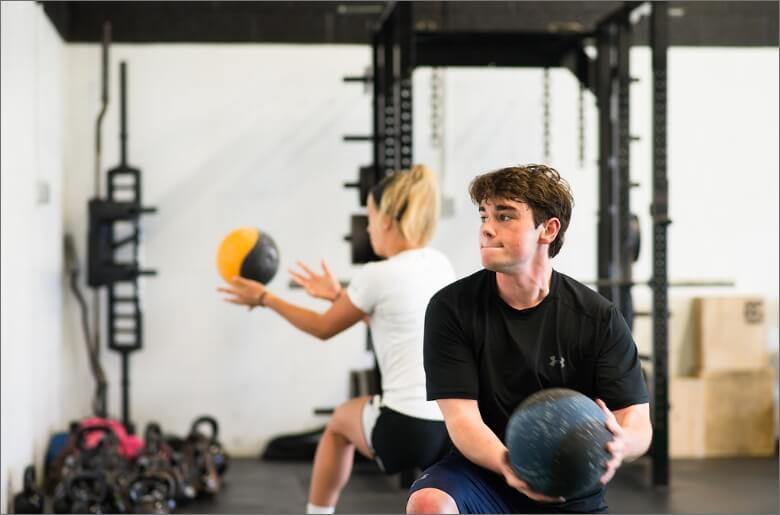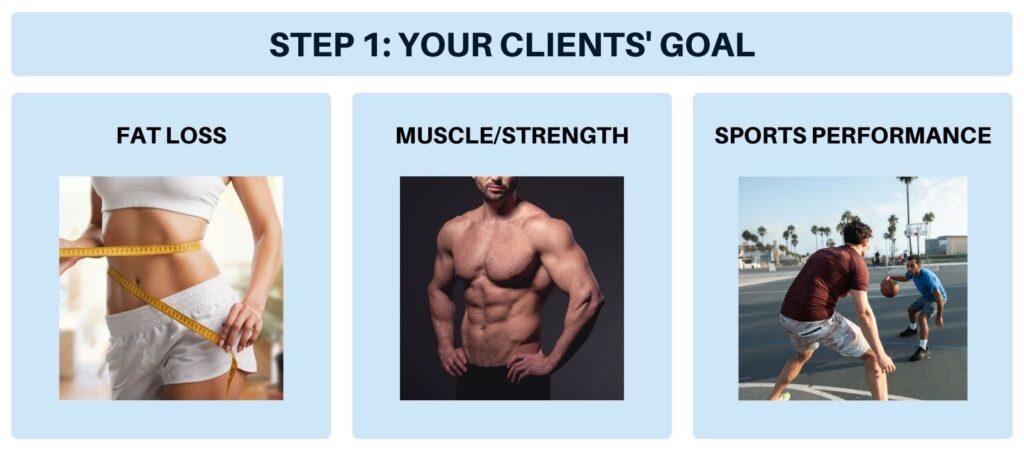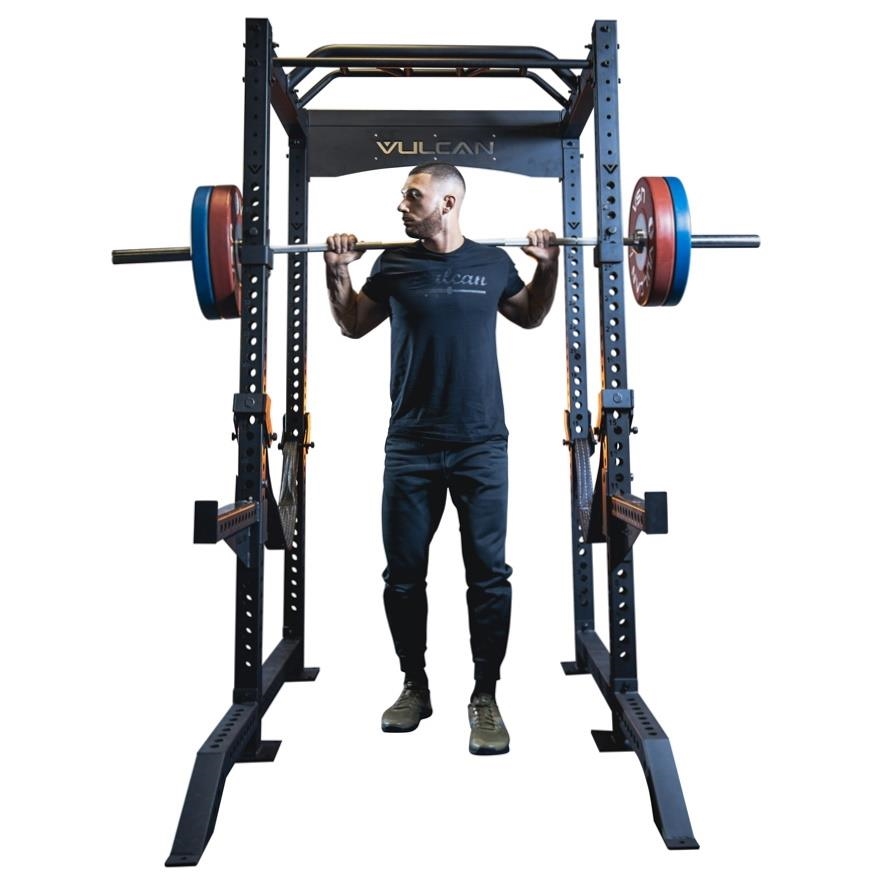Gage Strength Training offers personalized fitness programs to help individuals achieve their health and fitness goals. Their expert trainers provide tailored workouts and nutrition guidance.
Gage Strength Training is committed to delivering customized fitness solutions. Each program focuses on individual goals, ensuring efficient and effective workouts. Their trainers are experienced, providing guidance on exercise techniques and nutrition. With a supportive community, clients feel motivated and empowered.
Gage Strength Training utilizes state-of-the-art equipment, creating an optimal training environment. The holistic approach integrates strength training, cardio, and flexibility exercises. Clients benefit from personalized attention, promoting sustainable results. Gage Strength Training is dedicated to helping individuals transform their lives through fitness, fostering a healthier and more active lifestyle.

Credit: instant360.net
Introduction To Gage Strength Training
Gage Strength Training focuses on building functional strength. Workouts are designed to enhance everyday movements. The philosophy prioritizes form and safety over lifting heavy weights. Personalized plans cater to individual needs and fitness levels. Consistency and progression are key elements. Trainers emphasize mind-muscle connection to maximize results. Holistic health is a central theme, integrating nutrition and recovery.
Gage Strength Training provides efficient muscle growth. Workouts target all muscle groups. Compound exercises are used for better results. Training sessions improve strength and endurance. Personalized plans lead to faster gains. Proper form reduces injury risks. Nutritional guidance supports muscle repair and growth. Regular assessments track progress and adjust plans.
Fundamentals Of Muscle Growth
Muscle hypertrophy means muscle growth. It happens when muscle fibers get bigger. Resistance training is key. Lifting weights causes tiny tears in muscle fibers. The body repairs these tears and muscles grow. Progressive overload is important. This means gradually increasing weight or reps. Consistency and proper rest help in muscle growth.
Nutrition plays a big role in building muscles. Protein is essential for muscle repair. Lean meats, beans, and nuts are good sources. Carbohydrates provide energy for workouts. Whole grains and fruits are great choices. Healthy fats support overall health. Avocados and fish are good options. Staying hydrated is also important.
Designing Your Gage Workout Plan
To build strength, balance intensity with volume. High intensity means lifting heavier weights. Volume means doing more reps or sets. Both are important for growth. Too much intensity can cause injury. Too much volume can lead to fatigue. Find a balance that works for you. Listen to your body and adjust your plan. Mix heavy and light days for best results.
Progressive overload helps muscles grow. It means gradually increasing weight or reps. Start with a weight you can lift comfortably. Add a small amount each week. This keeps your muscles challenged. Do not rush the process. Small increases are more effective. Keep track of your progress. Use a journal or app to note weights and reps. This helps you see improvement over time.

Credit: gagestrengthtraining.com
Optimizing Your Exercise Selection
Compound movements work multiple muscle groups. They include exercises like squats and deadlifts. These movements are efficient and build strength quickly. Isolation movements target a single muscle group. Bicep curls and leg extensions are examples. These exercises help in sculpting and defining muscles.
Changing exercises can prevent boredom. Variations also help in targeting different muscle fibers. For instance, try different types of squats. You can do front squats, goblet squats, or split squats. Each variation provides a unique challenge.
Mastering Lifting Techniques
Always use correct posture while lifting. Keep your back straight and knees slightly bent. Never twist your body during a lift. Always engage your core muscles. This helps in preventing injuries. Use controlled movements. Avoid jerking or bouncing the weights. This ensures muscle safety. Use your legs, not your back, to lift heavy objects.
Try progressive overload. Gradually increase the weight you lift. This helps in building strength. Use compound movements like squats and deadlifts. These exercises target multiple muscles. Include rest days in your routine. Muscles grow during rest periods. Track your lifting progress. This helps in staying motivated and seeing improvements.
Nutrition Strategies For Muscle Gain
Protein is crucial for muscle growth. Aim for 1.6 to 2.2 grams per kilogram of body weight. Carbohydrates provide energy for intense workouts. Eat 4 to 7 grams per kilogram. Fats are also important. They help with hormone production. Keep fats around 20-35% of total calories. Balance these ratios for effective muscle gain.
Whey protein can boost muscle recovery. Creatine increases strength and power. BCAAs help reduce muscle soreness. Fish oil supports overall health. Multivitamins fill nutritional gaps. Always choose high-quality supplements. They should be from reputable brands. Consult a healthcare provider before starting any new supplement.
Recovery Protocols To Boost Gains
Sleep helps muscles repair and grow. Aim for at least 8 hours of sleep every night. Rest days are just as important as workout days. Without rest, your body can’t heal. Quality sleep boosts energy and mood. A well-rested body performs better in the gym. Avoid screens before bedtime to improve sleep quality. Create a bedtime routine to help you relax.
Active recovery involves light exercises. It helps reduce muscle soreness. Walking or light cycling are good options. Active recovery increases blood flow to muscles. This helps remove waste products like lactic acid. Gentle stretching can also help. It keeps muscles flexible and prevents stiffness. Active recovery can be done on rest days. It keeps the body moving without heavy strain.
Measuring Progress And Adjusting Your Plan
Track your workouts to see improvement. Use a workout log to record exercises. Note the weight lifted and the number of reps. Check your body metrics like weight, body fat, and muscle mass. Use these measurements to see physical changes over time. This helps you know if your plan is working.
Revise your plan if you hit a plateau. Change your exercises or increase the weight. Look at your progress every few weeks. Set new goals if you reach your current ones. Listen to your body. If you feel too tired or sore, adjust your plan. Always keep your training challenging and fun.
Common Mistakes To Avoid
Overtraining can lead to serious injuries. Muscles need time to recover. Training every day is not always good. You might feel tired and weak. This can slow down your progress. Rest days are very important. They help your body heal.
Eating well is very important. Your body needs fuel to grow muscles. Skipping meals can harm your gains. Proteins, carbs, and fats all play a role. Recovery is just as important as training. Sleep helps muscles repair. Without enough rest, you may feel weak.

Credit: www.mindbodyonline.com
Success Stories: Gage Training In Action
John lost 50 pounds with Gage Strength Training. He feels stronger and healthier now. Sarah gained muscle and improved her stamina. She can run longer without getting tired.
Mike overcame his back pain through focused exercises. Now, he enjoys playing with his kids. Emily boosted her confidence by training regularly. She can lift heavier weights effortlessly.
- Consistency is key to seeing results.
- Having a supportive community helps stay motivated.
- Customized plans suit individual needs best.
- Progress tracking ensures staying on the right path.
Incorporating Mindset And Discipline
Mental toughness is key in training. It helps you push through tough workouts. Staying focused can improve your performance. Visualization can also be helpful. Imagine yourself succeeding. This can increase your confidence. Setting goals can keep you motivated. Small goals lead to big achievements. Positive self-talk is another tool. Tell yourself you can do it. This will boost your morale. Breathing exercises can help calm your mind. Stay calm and stay strong.
A sustainable routine is important. It ensures consistent progress. Start with small changes. Gradually add more tasks. Consistency is more important than intensity. Find a routine you can stick to. This helps build good habits. Make sure to include rest days. Rest helps your body recover. Track your progress regularly. This keeps you on track. Adapt your routine as needed. Listen to your body. Stay committed to your goals.
Future Of Gage Strength Training
Fitness is always changing. New workouts are coming out every year. People are now using high-tech gadgets for their workouts. Wearable devices track heart rate and calories burned. Virtual trainers are becoming popular. They help people exercise at home. Group workouts are also trendy. Friends and family can workout together. This makes fitness fun.
Staying healthy is a lifelong goal. Gage Strength Training helps people stay fit for years. Regular exercise helps keep the body strong. Healthy eating is just as important. Good habits need to be part of daily life. Setting small goals can help. This makes it easier to stay motivated. Celebrating small wins keeps people on track.
Frequently Asked Questions
How Many Days A Week Should You Lift Weights?
Lift weights 3 to 5 times a week. This allows muscle recovery and growth. Adjust based on fitness goals.
How Long Does It Take To See Results From Weight Lifting?
You may see initial results from weight lifting in 4 to 6 weeks. Muscle growth and strength gains typically become noticeable after 8 to 12 weeks. Consistency and proper nutrition accelerate progress.
Is Strength Training Twice A Week Enough?
Yes, strength training twice a week is enough for most people. It helps build muscle, improve strength, and boost metabolism.
Is It Okay To Lift Weights Every Day?
Lifting weights every day isn’t recommended. Muscles need time to recover and grow. Aim for 3-5 days weekly.
What Is Gage Strength Training?
Gage Strength Training is a fitness program focused on building muscle, strength, and endurance through various exercises.
How Does Gage Strength Training Work?
It combines weightlifting, cardio, and functional movements to improve overall physical fitness and strength.
Who Can Benefit From Gage Strength Training?
Anyone looking to improve their muscle strength, endurance, and overall fitness can benefit from this training.
What Equipment Is Needed For Gage Strength Training?
Basic equipment includes dumbbells, kettlebells, barbells, and resistance bands.
How Often Should I Do Gage Strength Training?
Training sessions are recommended 3-4 times per week for optimal results.
Is Gage Strength Training Suitable For Beginners?
Yes, the program can be tailored to fit beginners and gradually increase in intensity.
Conclusion
Achieving your fitness goals is possible with Gage Strength Training. This method offers personalized plans and expert guidance. Commit to your journey and experience noticeable improvements. Start your transformation today and unlock your full potential. Visit Gage Strength Training to learn more and take the first step towards a healthier you.











